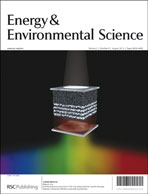This paper focuses on the fundamental chemical aspects of hydrogen transfer reactions with RANEY® Ni and propan-2-ol. It aims at novel process options for defunctionalization and hydrodeoxygenation of phenolic and aromatic biorefinery feeds under low-severity conditions. A series of 32 model substrates were explored, providing a comprehensive description of the reactivity of RANEY® Ni toward transfer hydrogenation and transfer hydrogenolysis. In addition, the aspects related to the catalyst stability were addressed in detail. With regard to the processing of a model-substrate mixture, important features of the chemoselectivity of RANEY® Ni were also revealed. Herein, we also demonstrate that hydrogen transfer reactions could hold the key to the upgrade of bio-oil under unusual, low-severity conditions. Indeed, bio-oil was easily upgraded to cyclohexanols and less functionalized alkylphenols, with RANEY® Ni and propan-2-ol, at 120 °C. Full saturation of bio-oil to cyclic alcohols, cyclohexane-1,2-diols and other products with reduced oxygen content was achieved at 160 °C under autogenous pressure.

You have access to this article
 Please wait while we load your content...
Something went wrong. Try again?
Please wait while we load your content...
Something went wrong. Try again?


 Please wait while we load your content...
Please wait while we load your content...